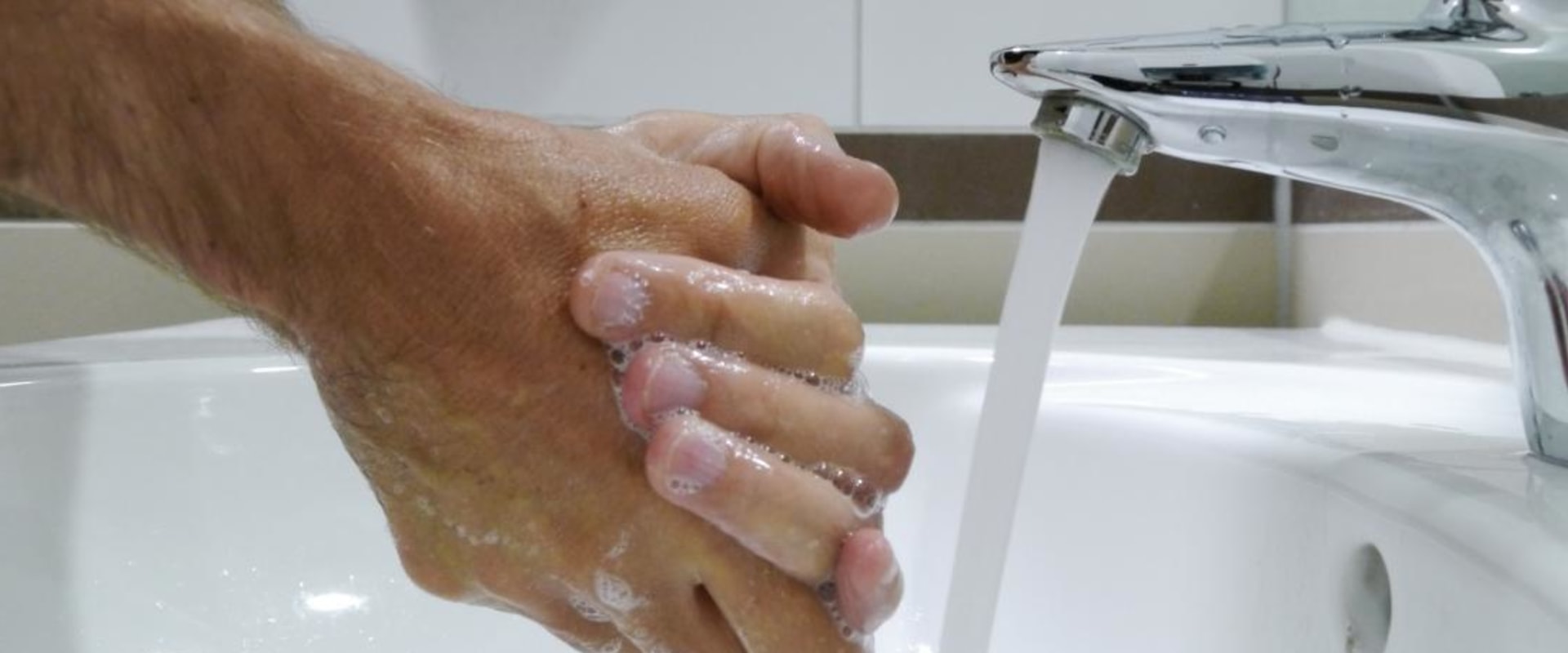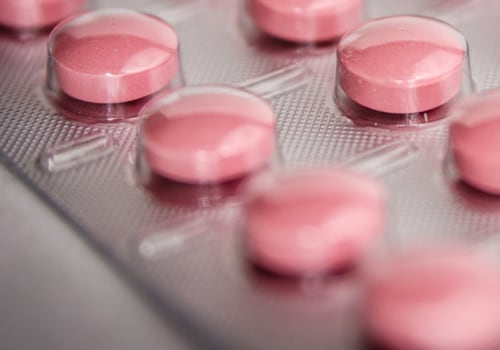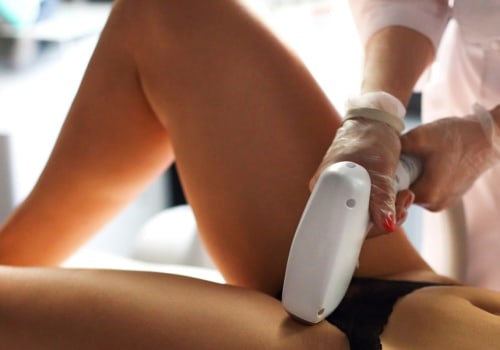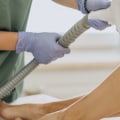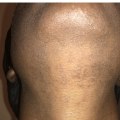When it comes to laser hair removal, the potential risks and complications should not be taken lightly. Poor hygiene practices can increase the risk of infection, which can lead to serious health complications. This article will discuss the risks associated with poor hygiene practices when it comes to laser hair removal, as well as what steps can be taken to reduce the risk of infection. By understanding the risks and taking the proper precautions, patients can ensure they receive a safe and successful laser hair removal treatment. Poor hygiene practices can increase the risk of infection during laser hair removal procedures, particularly for those with dark skin.
Poor hygiene can be defined as not washing hands, not cleaning or sanitizing surfaces, and not changing out of dirty clothing. All these factors can increase the chance of bacteria and other infectious agents being present during the laser hair removal process. The potential risks associated with poor hygiene practices and laser hair removal on dark skin can include infections such as folliculitis, cellulitis, or pseudofolliculitis barbae. Folliculitis is an infection of the hair follicle caused by Staphylococcus aureus bacteria.
Cellulitis is a bacterial infection of the deeper layers of the skin. Pseudofolliculitis barbae occurs when a curved hair grows back into the skin and causes an inflammatory reaction. These infections can be painful, cause itching and discomfort, and can lead to scarring. To reduce the risk of infection during laser hair removal procedures, it is important to practice proper hygiene before and after treatment.
Patients should wash their hands before and after the procedure, as well as avoid wearing dirty clothing to the appointment. Patients should also clean and disinfect any surfaces that will be touched during the treatment, such as bed sheets or treatment chairs. It is also important to avoid using any products on the skin that contain fragrances or dyes, as these can irritate the skin and increase the risk of infection. It is also important to be aware of common infections that may result from poor hygiene practices during laser hair removal. Patients should look out for signs of infection such as redness, swelling, itching, pain, or pus-filled bumps at the site of treatment.
If any of these symptoms are present, patients should seek medical attention right away. To ensure a safe procedure, there are several products that can help reduce the risk of infection. For example, antiseptic wipes can be used before and after treatment to clean and disinfect the skin. Antibacterial soaps can also be used before and after treatment to reduce bacteria on the skin. Additionally, topical antibiotic creams can be applied after treatment to help prevent infection. Overall, poor hygiene practices can increase the risk of infection during laser hair removal procedures, particularly for those with dark skin.
It is important to practice proper hygiene before and after treatment to reduce this risk. Additionally, patients should be aware of common infections that may result from poor hygiene practices and seek medical attention if any symptoms of infection appear.
Potential Risks of Poor Hygiene Practices During Laser Hair Removal
Poor hygiene practices can greatly increase the risk of infection during laser hair removal procedures, especially for those with dark skin. Improper sterilization of equipment can lead to a range of infections, from minor skin irritation to potentially serious bacterial infections. When selecting a practitioner, be sure to ask about their sterilization methods and whether they use disposable items that are discarded after each use.You should also make sure they follow proper safety protocols and use proper protective gear. In addition, it is important to protect yourself against infections. Make sure you thoroughly clean the area prior to treatment and avoid any products that may irritate the skin, such as perfumes, lotions, and oils. If you have any cuts or scrapes in the treatment area, it is best to postpone the procedure until these have healed. Be sure to inform your practitioner of any medical conditions or medications you are taking, as some medications may increase your risk of infection. By following proper hygiene practices and safety protocols, you can reduce your risk of infection and ensure that your laser hair removal procedure goes smoothly.
Reducing the Risk of Infection During Laser Hair Removal
Poor hygiene practices can increase the risk of infection during laser hair removal, particularly for those with dark skin.To reduce the risk of infection, it is important to take the necessary steps to properly prepare for a procedure, clean equipment, and maintain proper hygiene before and after the procedure. Before a laser hair removal procedure, patients should ensure that their skin is properly cleaned and free of any dirt or oils. This can be done by washing the skin with a mild soap and water. Additionally, patients should avoid any activities that may cause irritation or inflammation to the skin prior to treatment. This includes shaving, waxing, or using chemical depilatories. Equipment used for laser hair removal should be cleaned and disinfected before and after each use.
It is important to follow manufacturer's instructions for cleaning the equipment and use only approved cleaning solutions. Additionally, sterile gloves should be worn when handling the equipment. Maintaining proper hygiene during and after a laser hair removal procedure is also essential for reducing the risk of infection. Patients should avoid touching the treated area and keep it clean and dry to prevent any further irritation or infection. It is also important to avoid swimming, hot tubs, or saunas until the area is fully healed. By following these steps and taking the necessary precautions, patients can reduce the risk of infection associated with laser hair removal procedures, particularly for those with dark skin.
The Risk of Infection With Poor Hygiene Practices
Poor hygiene practices can increase the risk of infection during laser hair removal procedures, particularly for those with dark skin.Bacteria, viruses, and fungi can be spread from person to person through contact or even through the air when someone sneezes or coughs. Poor hygiene practices, such as not washing hands after touching items that could be contaminated or not properly sterilizing equipment, can create an environment where germs are easily spread. For those with darker skin, the risk of infection is even greater due to the melanin in their skin. Melanin is a pigment that helps protect the skin from ultraviolet radiation, but it also makes it more difficult for the body to fight off infections.
This is why it is so important for those with dark skin to take extra precautions when undergoing laser hair removal procedures. It is essential that proper hygiene practices are followed when performing any laser hair removal procedure. This includes using single-use items, such as gloves and other protective equipment, which can help limit the transfer of bacteria and other microorganisms. Additionally, the use of antiseptic solutions, such as alcohol-based hand sanitizer, can help reduce the risk of infection.
By following proper hygiene practices and taking extra precautions when undergoing laser hair removal procedures, those with dark skin can reduce their risk of infection and ensure safe procedures.
Common Infections Resulting From Poor Hygiene Practices During Laser Hair Removal
Poor hygiene practices during laser hair removal can lead to a number of infections, including bacterial, fungal, and viral. It is important to be aware of the potential risks associated with poor hygiene and to practice good hygiene before, during, and after a laser hair removal procedure. Bacterial infections are the most common type of infection that can result from poor hygiene practices during laser hair removal. These infections are caused by bacteria entering the skin through cuts or other open wounds, and can result in redness, swelling, itching, and even discharge.It is important to seek medical attention if you experience any of these symptoms following a laser hair removal procedure. Fungal infections can also occur as a result of poor hygiene practices during laser hair removal. These infections are caused by fungi that enter the skin through cuts or other open wounds, and can cause redness, itching, and scaling. In some cases, fungal infections can also cause blisters or abscesses.
Again, it is important to seek medical attention if you experience any of these symptoms following a laser hair removal procedure. Viral infections are also possible as a result of poor hygiene practices during laser hair removal. These infections can be caused by viruses that enter the skin through cuts or other open wounds, and can cause redness, itching, and swelling. In some cases, viral infections can also cause fever or body aches. Again, it is important to seek medical attention if you experience any of these symptoms following a laser hair removal procedure. It is important to understand the potential risks associated with poor hygiene practices during laser hair removal.
If you experience any signs or symptoms of an infection after the procedure, it is important to seek medical attention right away. Treatment for these infections typically includes antibiotics or antifungal medications. To reduce the risk of infection, it is important to practice good hygiene before and after laser hair removal procedures. In conclusion, it is important to practice good hygiene when undergoing laser hair removal procedures, especially for those with dark skin. Poor hygiene practices can increase the risk of infection, so it is essential to take the necessary steps to reduce this risk and ensure safe procedures.
This includes washing the area to be treated, using a clean razor, and avoiding the use of harsh products. Additionally, if an infection does occur, it is important to seek medical attention as soon as possible. We encourage readers to speak with their doctor or practitioner if they have any concerns about the potential risks associated with laser hair removal on dark skin.
